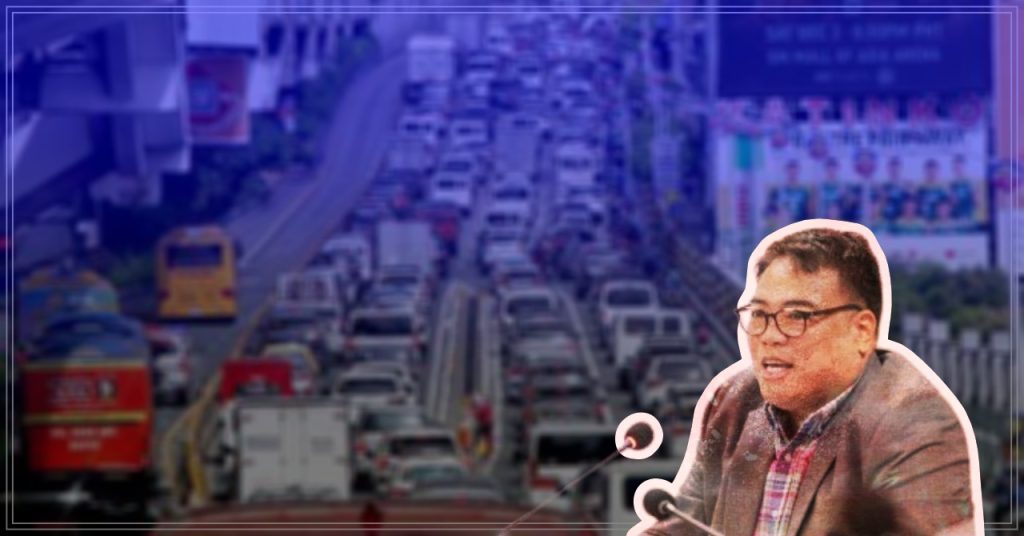The rehabilitation of Epifanio de los Santos Avenue (EDSA) is set to begin in March, starting with the southbound lanes.
The Metropolitan Manila Development Authority (MMDA) Chairman Don Artes announced the project in a Palace briefing.
The Department of Public Works and Highways (DPWH) is finalizing the project’s timetable and traffic management plan.
The goal is to complete the rehabilitation in time for the Philippines’ hosting of the Association of Southeast Asian Nations (Asean) Summit in 2026.

Addressing Challenges
Artes acknowledged potential challenges due to simultaneous drainage system improvements on Edsa.
Concerns were raised about utility lines located in the outer lanes, which have previously caused delays in road projects.
Unexpected utility lines often slow down construction work despite walk-throughs and markings.
The MMDA has identified key areas with limited alternate routes to minimize disruptions during the rehabilitation.
Traffic Management Strategies
An example cited was the Kamuning Flyover closure, where efficient traffic management prevented severe congestion.
The MMDA discussed an “out-of-the-box” solution with President Ferdinand Marcos Jr., details of which are pending further review.
Artes expressed optimism that the Edsa rehabilitation would lead to smoother roads and improved traffic conditions.
Long-Term Impact
Once completed, the road will be repaved with better asphalt, allowing vehicles to move faster and easing congestion.
The MMDA chief emphasized the importance of this project in enhancing the overall traffic flow on Edsa.
The rehabilitation aims to address the numerous potholes and aging infrastructure, making daily commutes more efficient for motorists.
Video: Edsa rehab to begin in March, says MMDA chief | INQToday
The rehabilitation of EDSA is set to begin in March, focusing on the southbound lanes to be completed by 2026 for the ASEAN hosting. Challenges may arise due to drainage system improvements. Key areas with limited alternate routes have been identified to minimize disruptions. An out-of-the-box solution was discussed with President Bongbong Marcos. Once completed, traffic flow is expected to improve significantly.
Key Takeaways
Pros
- The rehabilitation will improve road conditions, leading to smoother and faster commutes.
- The project aims to be completed in time for the 2026 Asean Summit, showcasing improved infrastructure to international visitors.
- Enhanced traffic management strategies will be implemented to minimize disruptions during construction.
Cons
- Potential delays due to the simultaneous drainage system improvements and existing utility lines.
- Limited alternate routes in some areas may still lead to traffic congestion despite management efforts.
- The project may face unforeseen challenges that could impact the completion timeline.